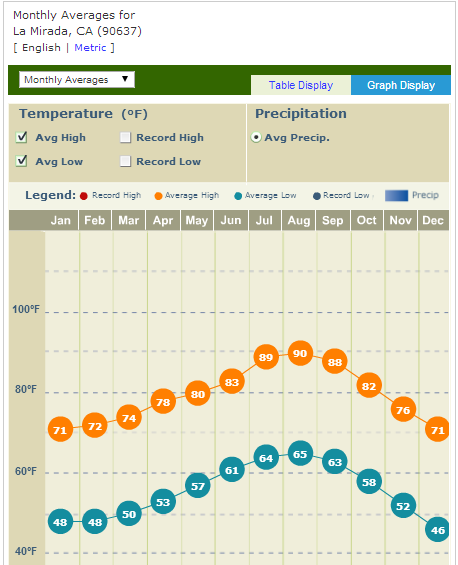GregH said:
dhanson865 said:
charging at 10 to 30 means you are constantly leaving the battery low on charge
Why is this a bad thing? 10 to 30 I would guess would be in the 3.65-3.75V range which should be well higher than anything that could cause trouble. Not that I'm advocating this and the effect is probably minimal... but spending more hours at 3.7V may actually be better long term than spending the time at 3.9xV (50-70%)
Yes spending a lot of time in turtle mode (3.0-3.3V 4-6Gids) may be unwise but certainly VLBW (3.6V 24Gids) shouldn't be problematic (for cell longevity) and may actually be slightly beneficial.. albeit not very practical. ?
I'm talking SOC actual 10% which is displayed as --- on the 2013/2014 Leaf dash. See http://www.mynissanleaf.com/viewtopic.php?f=31&t=14142" onclick="window.open(this.href);return false; for actual voltages and soc at low levels. In his case the 10% actual soc is more like 3.6V.
From his post the SOC comparisons I'm highlighting are:
LBW dash soc 18% actual soc 25%
VLBW dash soc 8% actual soc 14.6%
change to dash soc --- actual soc 10%
Turtle dash soc ---% actual soc 1.4%
It's been stated many times many ways that very low state of charge is hard on lithium ion batteries. It's also been stated many times many ways that for usability (avoiding sitting on the side of the road) it's good to have a buffer.
If you are driving to 10% actual SOC you are driving past two levels of battery warnings and the next event is the car turtling. Not something I'd recommend doing for the daily habit.
I'm not sure I'll catch all the issues in this post with driving at low SOC but for one if you never charge above 30% soc you'll end up with unbalanced cells in your battery pack since the car balances at the top of the charge cycle you'd have to do some occasional 100% charges leaving the car plugged up well past the normal end of charging to give the system time to balance.
If you didn't balance the pack you might find your car going from VLBW to turtle without much, if any, warning in between the two events after it gets out of balance.

